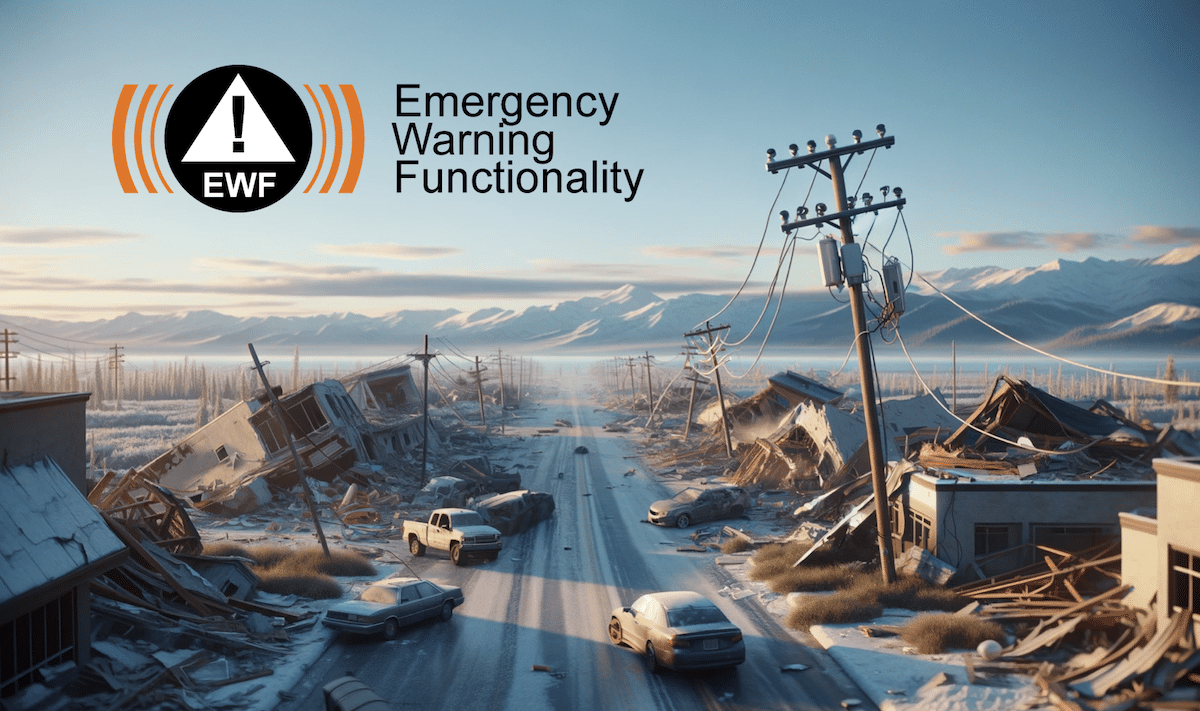LONDON — Nowadays, there is a whole accounting industry of major natural and human-made disasters feeding into such events as the COP28 UN climate change conference held in the United Arab Emirates, and the various actions announced, and sometimes implemented, by governments. The figures are frightening.
2023 was the worst year for natural disasters. The Philippines, Indonesia (which dealt with another volcanic eruption) and India were most affected. With its summer desert temperatures and devastating floods, Europe was not spared either. The United States registered some 25 major natural calamities — its highest number of any year — with a reported loss of more than 1 billion dollars. Many African regions remained gripped in the chronic droughts they have suffered for years.
Disasters, whether natural or human-made, trigger colossal costs — economic but, more importantly, in lives lost or affected forever. Saving lives and livelihoods is a top task for any government and society, and they should use all tools at their disposal. Information and early warning systems are such tools, and digital radio has risen on the list of options. It has done so by stressing not only its capacity to deliver information and entertainment but also its capability to offer comprehensive and complete emergency warning alerts.
Digital Radio Mondiale (DRM) has been demonstrating and implementing some of its standard functions that deliver the Emergency Warning Functionality (EWF) in various countries, including Indonesia and India.
For some time now DRM experts have shown that “DRM Saves Lives.” DAB+, another open, ITU-endorsed digital audio broadcasting system, has also embraced this. Members of the powerful Digitalradio Deutschland are now adopting a holistic approach to developing international emergency warning standards using DAB+, with a possible delivery date in 2025.
A joint digital focus
This joint focus is a good sign. Digital radio, no matter the “flavor,” has a huge role to play as the most reliable information and warning platform to alert and save people caught in natural disasters or conflicts and wars, especially when cellphone and IP infrastructure is typically knocked out.
Digital radio can offer more than the audio announcements on analog radio that are usually broadcast at regular intervals, even to regions not affected, creating confusion and panic. DRM can presently deliver important audio and text messages in different languages, plus maps and other information targeted at the areas and populations most affected. This is an important feature of the five DRM FM transmitters installed on the populous Indonesian island of Java. As it is an all-frequency band standard, DRM can deliver such complex packs of information not only locally, like DAB+, but also from outside the affected areas using shortwave, medium-wave and even the local coverage transmitters not affected by the disaster. This is a unique advantage of DRM.
Regardless of which digital platform will be used for disaster alerts, receiver manufacturers need to deliver receivers capable of carrying these targeted emergency messages and waking up receivers when in standby mode. Getting the authorities, broadcasters and chipset and receiver manufacturers on the same page and putting together a clear and robust transmission chain able to deliver emergency warnings at any time is no mean feat. However, once this is achieved, a country should benefit from the most cost-effective, most reliable, national, regional and local emergency warning system without the need for added infrastructure, and, if necessary, integrate it into an existing national warning service.
Digital radio can then save not just some but most lives affected by unexpected catastrophes, which are ever more frequent in today’s turbulent world.
The author is chair of the Digital Radio Mondiale consortium.
You may find these stories interesting
Dielectric and 90 Degrees North install across the Philippines
DRM broadcast marks 80th anniversary of Woofferton transmitting station

